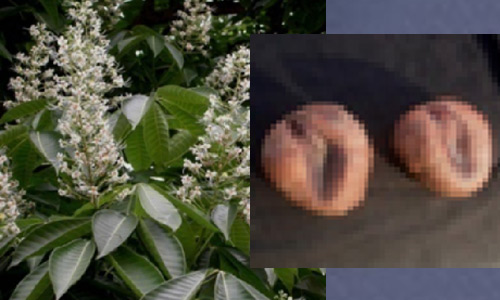We value your privacy
We use cookies to enhance your browsing experience, serve personalized ads or content, and analyze our traffic. By clicking "Accept All", you consent to our use of cookies.
We use cookies to help you navigate efficiently and perform certain functions. You will find detailed information about all cookies under each consent category below.
The cookies that are categorized as "Necessary" are stored on your browser as they are essential for enabling the basic functionalities of the site. ...
Necessary cookies are required to enable the basic features of this site, such as providing secure log-in or adjusting your consent preferences. These cookies do not store any personally identifiable data.
No cookies to display.
Functional cookies help perform certain functionalities like sharing the content of the website on social media platforms, collecting feedback, and other third-party features.
No cookies to display.
Analytical cookies are used to understand how visitors interact with the website. These cookies help provide information on metrics such as the number of visitors, bounce rate, traffic source, etc.
No cookies to display.
Performance cookies are used to understand and analyze the key performance indexes of the website which helps in delivering a better user experience for the visitors.
No cookies to display.
Advertisement cookies are used to provide visitors with customized advertisements based on the pages you visited previously and to analyze the effectiveness of the ad campaigns.
No cookies to display.
|
Division
|
Angiosperms |
|
Class
|
Dicotledons |
|
Subclass |
Polypetalae |
|
Series |
Disciflorae |
|
Order |
Sapindales |
|
Family
|
Hippocastanaceae |
|
Genus
|
Aesculus |
|
Species
|
assamica |

|
Etymology: |
Derived from the Greek word esca meaning food; referring to the food value of the Kernels as a flour was ground from the Kernels of some of the species; commonly known as “Horse chestnut”. Aesculus is also a latin name of an oak having edible acorns. |
|
Botanical name
|
Aesculus assamica Griff. |
|
Local/Trade names:
|
Eastern Himalayan Horse Chestnut |
|
Conservation status:
|
Planted in Forest Research Institute, Dehra Dun. Wild in North-east India. |
|
Digonestic features: |
Leaves with 7 lobes; seed big. |
|
Description: |
A large deciduous tree with a hemispherical crown. Bark deep brown, shining, with irregular patches of grey-brown. Leaves digitately compound; leaflets upto 30 cm long, obtusely serrulate. Flowers showy, white with yellow or pink tinge, in upright terminal panicles. Fruit a large leathery capsule, loculicidally 2-3 – valved. Seed solitary, 2.5-3.5 cm across. |
|
Phenology: |
Fls.: February – Apr. Frts.: Aug. |
|
Distribution:
|
North-eastern region of India. |
|
Where to see it: |
Gate No. 2. |
|
Uses: |
Bark employed as a fish-poison. Wood used for making cups, plates, vases, and toys. Seed yield a fatty oil. |
Chief Conservator of Forests & Chief Wildlife Warden is the Head of the Department. There is one post of Conservator of Forests & two posts of Deputy Conservator of Forests viz.